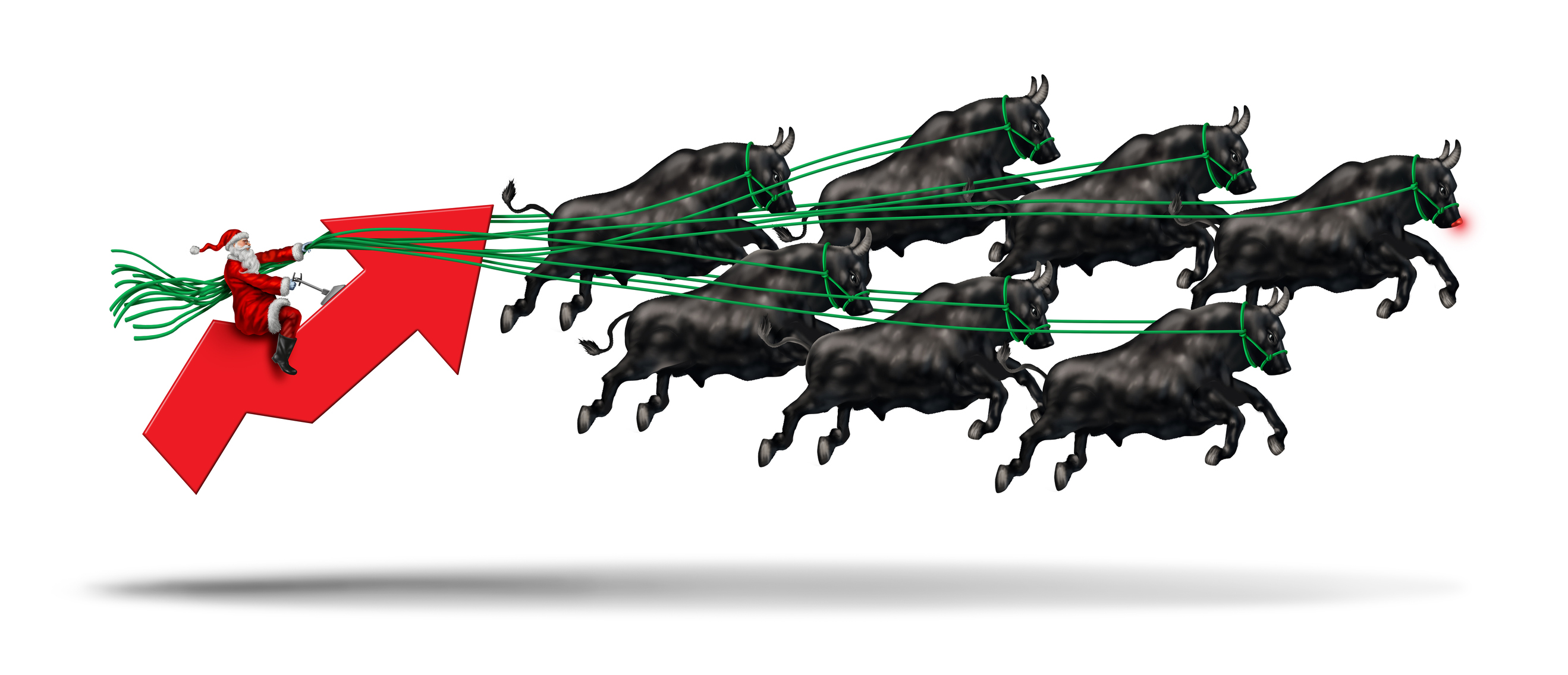Lighter Vehicles Spell Better Gas Mileage
Steel, aluminum and composite makers are vying to get more of their materials into cars and trucks.
The next car you buy will probably be lighter, courtesy of federal mandates to increase average gas mileage by 30% to 40% over the next five years. Automakers figure the easiest and cheapest way to cut fuel consumption is to make passenger cars, which now weigh about 3,500 pounds on average, about 400 pounds lighter.
Under Uncle Sam’s new rules, the current 27.5 miles per gallon minimum for passenger cars will jump to 33.8 mpg for 2012 models and 39.5 mpg for 2016 models. A similar phased-in approach for light trucks will require them to average 29.8 mpg for 2016 models.
The upshot: Heated competition between steel and aluminum manufacturers for a larger slice of the lucrative pie. Aluminum makers have a weighty advantage and are aiming to use it to muscle out steel for use in vehicle roofs and other body panels, engines and structural components.
From just $107.88 $24.99 for Kiplinger Personal Finance
Become a smarter, better informed investor. Subscribe from just $107.88 $24.99, plus get up to 4 Special Issues

Sign up for Kiplinger’s Free Newsletters
Profit and prosper with the best of expert advice on investing, taxes, retirement, personal finance and more - straight to your e-mail.
Profit and prosper with the best of expert advice - straight to your e-mail.
Manufacturers such as Alcoa, Rio Tinto Alcan and Novelis are developing aluminum products with greater strength to better stand up to the everyday dings that cars pick up in parking lots and elsewhere, as well as specialty versions for use in bumpers that crumple to absorb the force of a collision. The aluminum industry is honing its strategy to win a large chunk of the plug-in electric car market that will take off within five years.
Steelmakers are fighting back with a lighter generation of high-strength steel.Thanks to research stretching back 20 years, automotive steel today weighs around 25% less than it did during the heyday of muscle cars in the 1960s and 1970s. Automakers including Ford routinely use this steel in key structural components in auto body pillars and panels.
Now steelmakers are on the cusp of commercializing a breakthrough product that is not only 10% lighter yet, but stronger and more easily molded. “This third-generation product will enable us to make auto parts that are much lighter than today because the steel can be made thinner with no compromise in strength,” says Ronald Krupitzer, a vice president for automotive applications with the American Iron and Steel Institute, a trade group.
Down the road, look for steel and aluminum to be challenged by an even-lighter-weight contender -- composite carbon fiber. Long used in aerospace and for pricey bicycles and tennis rackets, the pricey material has been finding its way into exotic cars such as Chevrolet’s Corvette ZR-1.
Odds are the price differential between carbon fiber and aluminum and steel will narrow by decade’s end, thanks in part to research and development at the Department of Energy’s laboratory in Oak Ridge, Tenn., and at Magna International, Canada’s largest automotive parts supplier.
Profit and prosper with the best of Kiplinger's advice on investing, taxes, retirement, personal finance and much more. Delivered daily. Enter your email in the box and click Sign Me Up.
-
 The Santa Claus Rally Officially Begins: Stock Market Today
The Santa Claus Rally Officially Begins: Stock Market TodayThe Santa Claus Rally is officially on as of Wednesday's closing bell, and initial returns are positive.
-
 How to Leave Different Amounts to Adult Children Without Causing a Rift
How to Leave Different Amounts to Adult Children Without Causing a RiftHere’s how to leave different amounts to adult children without causing a family rift.
-
 My Retirement Learning Curve, 1 Year In
My Retirement Learning Curve, 1 Year InA retiree checks in with what they wish they knew early on and what they've changed about their plan one year in.
-
 Disney’s Risky Acceptance of AI Videos
Disney’s Risky Acceptance of AI VideosThe Kiplinger Letter Disney will let fans run wild with AI-generated videos of its top characters. The move highlights the uneasy partnership between AI companies and Hollywood.
-
 AI Appliances Aren’t Exciting Buyers…Yet
AI Appliances Aren’t Exciting Buyers…YetThe Kiplinger Letter Artificial intelligence is being embedded into all sorts of appliances. Now sellers need to get customers to care about AI-powered laundry.
-
 What to Expect from the Global Economy in 2026
What to Expect from the Global Economy in 2026The Kiplinger Letter Economic growth across the globe will be highly uneven, with some major economies accelerating while others hit the brakes.
-
 The AI Boom Will Lift IT Spending Next Year
The AI Boom Will Lift IT Spending Next YearThe Kiplinger Letter 2026 will be one of strongest years for the IT industry since the PC boom and early days of the Web in the mid-1990s.
-
 Amid Mounting Uncertainty: Five Forecasts About AI
Amid Mounting Uncertainty: Five Forecasts About AIThe Kiplinger Letter With the risk of overspending on AI data centers hotly debated, here are some forecasts about AI that we can make with some confidence.
-
 Worried About an AI Bubble? Here’s What You Need to Know
Worried About an AI Bubble? Here’s What You Need to KnowThe Kiplinger Letter Though AI is a transformative technology, it’s worth paying attention to the rising economic and financial risks. Here’s some guidance to navigate AI’s future.
-
 Will AI Videos Disrupt Social Media?
Will AI Videos Disrupt Social Media?The Kiplinger Letter With the introduction of OpenAI’s new AI social media app, Sora, the internet is about to be flooded with startling AI-generated videos.
-
 What Services Are Open During the Government Shutdown?
What Services Are Open During the Government Shutdown?The Kiplinger Letter As the shutdown drags on, many basic federal services will increasingly be affected.